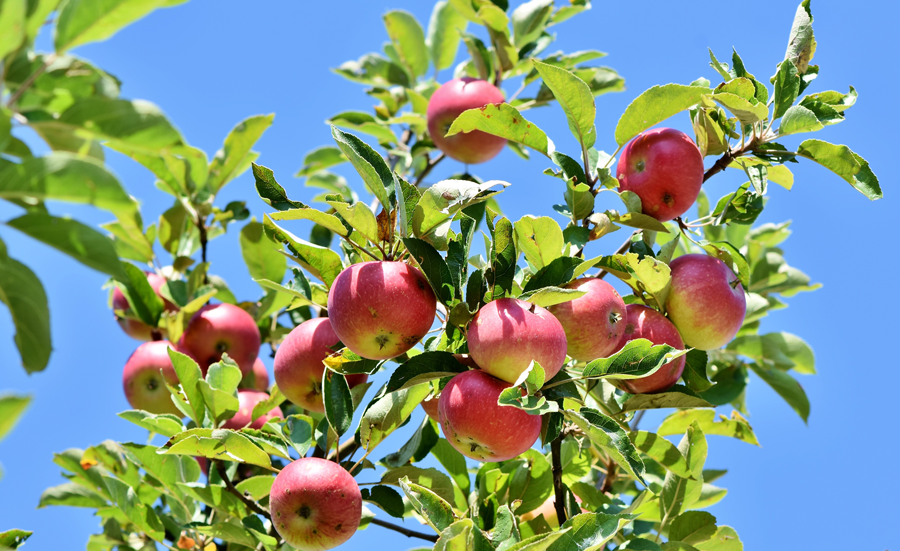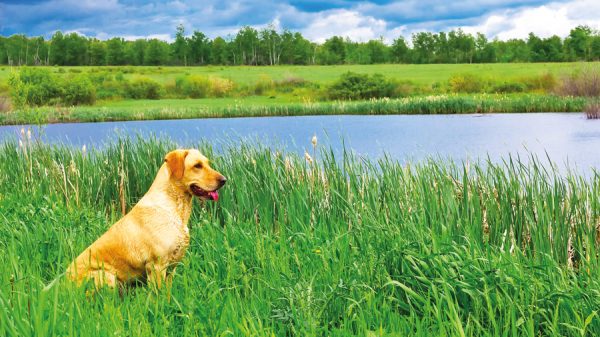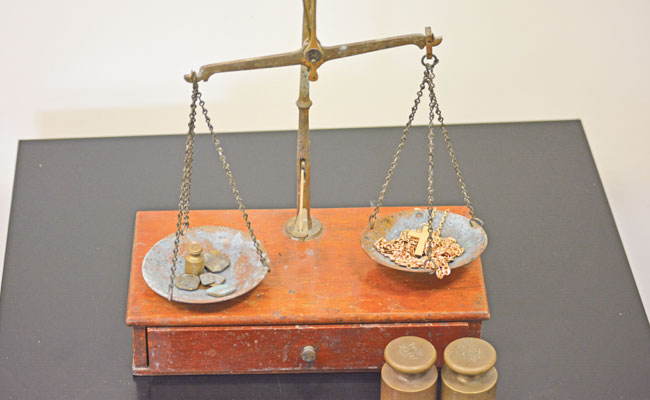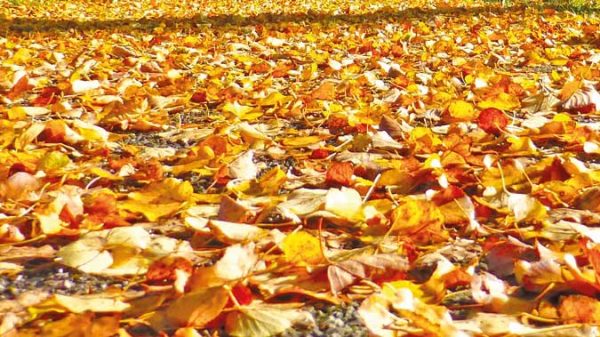As the vibrant and colourful early summer floral displays start to fade and the pressures of entertaining the family throughout the school summer holidays increases, don’t forget that work in the garden this month can help prolong displays and ensure edible crops achieve their best. Dead heading, feeding and watering are essential jobs that will ensure that you get the most out of your garden. As for entertaining the children and grand-children, our parks and countryside are a fantastic way of diverting their energy and providing a little healthy exercise. Many of our parks organise events throughout the school holiday period and in the main they are free to attend.
The recent dry spell has taken its toll on the lawn and whilst most gardening books will advise watering, it is not always possible, especially if there is a water restriction in your area. Don’t worry too much, whilst the lawn will loose its colour and turn a strawy brown colour it will re grow when we have a spell of rain and let’s face it there is no more certainty that it will rain eventually.

Growing fruit in a small garden is becoming more popular, especially as new cultivars growing on dwarfing rootstocks are suitable for growing in containers. Even fruit associated with large trees, such as apples, pears and plums are available and whilst they may not produce masses of fruit they will provide a good crop of sweet and succulent fruit. If you have a little more space you may choose to grow ‘trained’ fruit, grown as either a cordon, espalier, step-over or fan. These techniques involve pruning excessive annual growth to maintain a restricted shape and encourage strong fruiting spurs. Throughout spring and early summer fruit trees produce strong shoots which need to be cut back.
August is a good time to prune back all new shoots that are about 8-10 inches (20 – 25 cms) to where there is a cluster of leaves, usually about an inch from where this years growth started. Pruning at this time will encourage the tree to concentrate on the swelling fruit and the production of fruiting spurs that will flower in subsequent years. Shorter shoots can be left unless they are creating a congested framework, in which case they can be thinned out, removing the undesirable shoots completely. Watering will help fruit development and it is quite safe to use ‘grey’ water (from washing up, or baths) but avoid using water used to clean with chemicals such as bleach or strong cleaning fluids as they can sometimes damage plants.
Perennial plants such as herbs, (Sage, Rosemary, Thyme, Mint) and many of the flowering shrubs (Lavender, Ceanothus, Viburnum, Magnolia), can be propagated from what we call ‘semi-ripe cuttings. The advantage being you don’t need a heated propagator to root them. Select new shoots which have a slightly harder woody base. I find heel cuttings reliable and probably the easiest. Take hold of a new side shoot about 2-3 inches (50 – 75mm ) long and gently pull the shoot downwards removing a small heel of the plant. Dip the cutting in a rooting hormone powder or gel, then insert around the edge of a pot up to half its depth, then water in. You can buy propagating compost or just add potting grit to your usual potting compost, (about 50/50, grit and compost). I use old zip sandwich bags placing the whole pot in the bag with the zip at the top, this provides the cuttings with their own little greenhouse. Place on a warm shady windowsill. Inspect daily and once rooted pot them up using a good quality potting compost.

Pots and containers are a popular way of adding seasonal colour and to keep them going make sure you remove flowers as soon as they begin to fade. That way the plant will concentrate on producing more flowers rather than seed. The compost in containers can run out of nutrients especially if you are watering them regularly. There is no reason why you shouldn’t add a liquid feed to the washing up or bath water to give your plants a boost. The best time to do this is either early in the morning or early evening as this will avoid the water evaporating. If your container dries out and water seems to run straight through the compost, place the pot in a large bucket or thick plastic sack (with no holes in), add a couple of drops of washing up liquid to the water you apply as this will help the compost retain the water. Once the compost has taken on the water the plant can then be taken out of the bucket or sack.
Happy gardening
Martin
Next Month, Harvesting in the vegetable garden, Start your garden clean up and planting autumn bulbs







